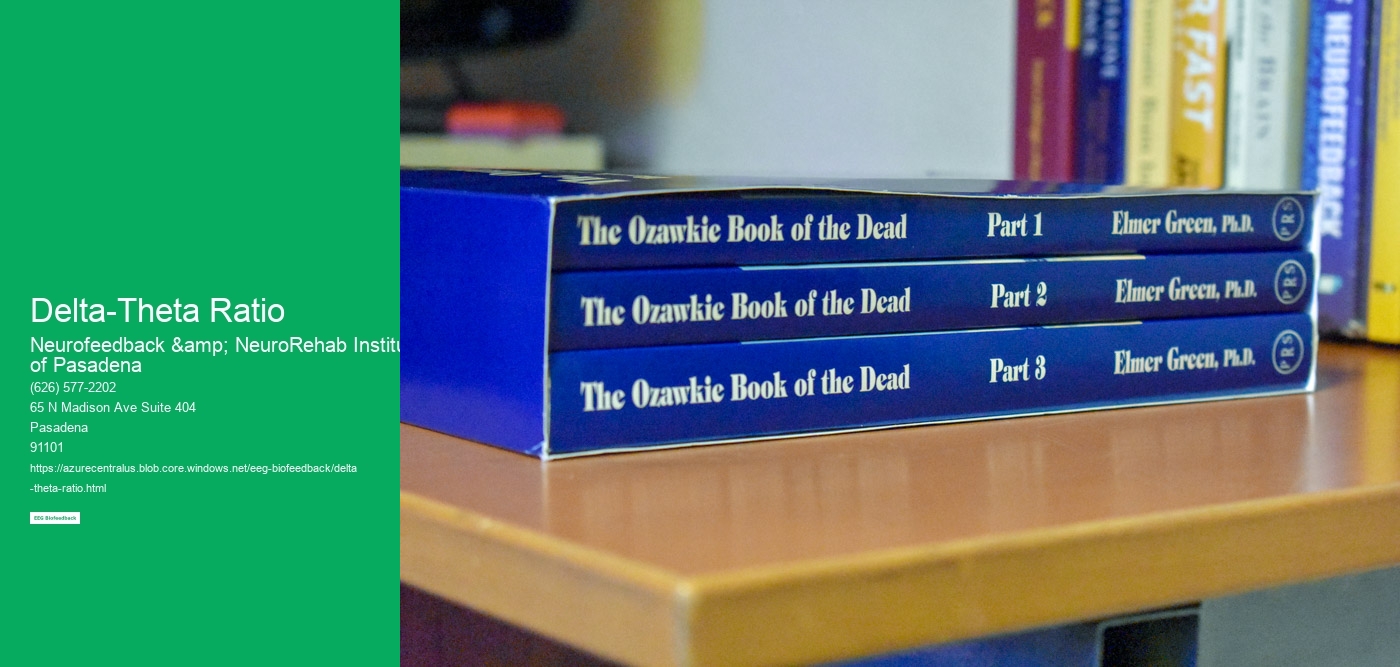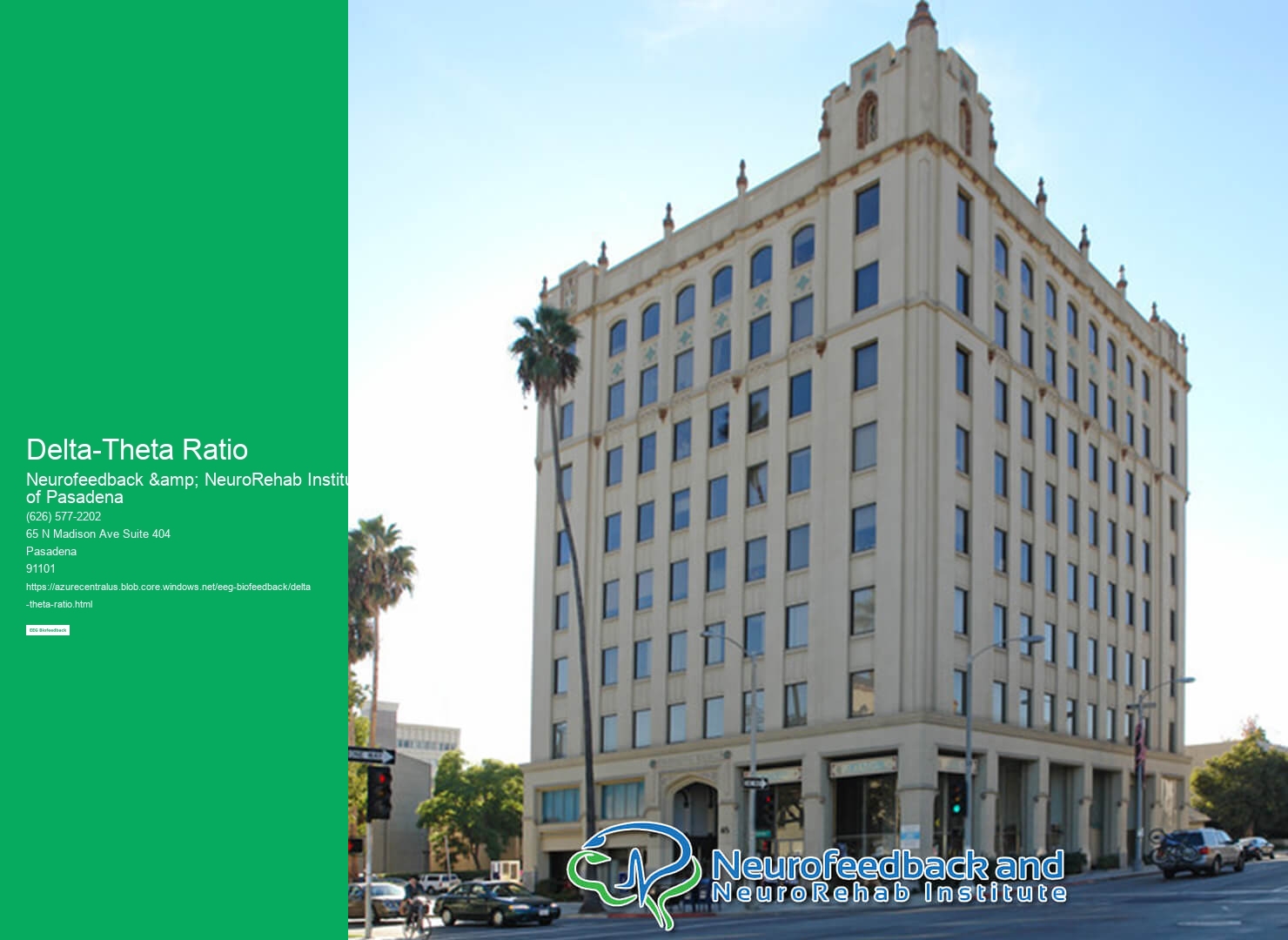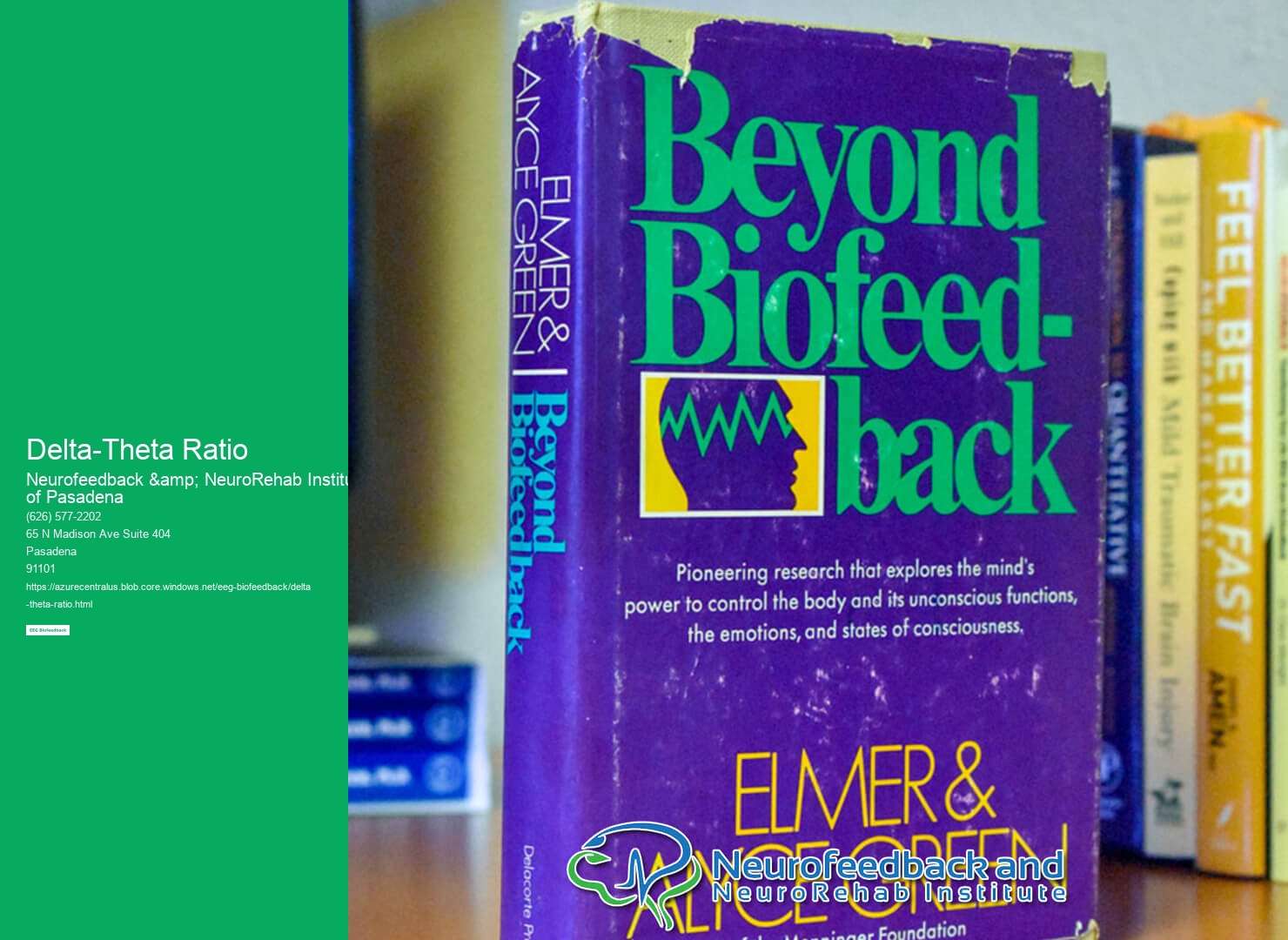

The delta-theta ratio is a significant measure in sleep studies as it provides valuable information about the brain's activity during different stages of sleep. Delta waves, which have a frequency of 0.5 to 4 Hz, are associated with deep sleep or slow-wave sleep (SWS), while theta waves, with a frequency of 4 to 8 Hz, are typically observed during lighter stages of sleep. The ratio between these two wave frequencies can indicate the depth and quality of sleep, with a higher delta-theta ratio suggesting a greater amount of deep sleep.
The delta-theta ratio can differ between individuals with sleep disorders and those without. For example, individuals with insomnia may have a lower delta-theta ratio, indicating a reduced amount of deep sleep. On the other hand, individuals with sleep apnea, a condition characterized by interrupted breathing during sleep, may have an elevated delta-theta ratio due to the brain's compensatory response to the breathing disturbances. Therefore, analyzing the delta-theta ratio can help identify abnormalities in sleep patterns and aid in the diagnosis of sleep disorders.
While the delta-theta ratio can provide valuable insights into sleep patterns, it is not typically used as a standalone diagnostic tool for neurological conditions. However, it can be used in conjunction with other measures, such as electroencephalography (EEG), to assess brain function and identify potential neurological abnormalities. For example, an abnormal delta-theta ratio combined with other EEG findings may indicate the presence of certain neurological conditions, such as epilepsy or brain tumors. Further diagnostic tests would be necessary to confirm these conditions.

Several factors can influence the delta-theta ratio during sleep. One important factor is age, as the delta-theta ratio tends to decrease with age. Additionally, certain medications, such as sedatives or antidepressants, can affect the ratio by altering the brain's activity during sleep. Other factors, such as sleep deprivation, stress, and environmental factors, can also impact the delta-theta ratio. It is important to consider these factors when interpreting the results of sleep studies and assessing the significance of the delta-theta ratio.
Interventions and treatments for sleep disorders can help normalize the delta-theta ratio. For example, cognitive-behavioral therapy for insomnia (CBT-I) can improve sleep quality and increase the amount of deep sleep, leading to a higher delta-theta ratio. Continuous positive airway pressure (CPAP) therapy, commonly used for sleep apnea, can also improve the delta-theta ratio by reducing breathing disturbances during sleep. Other interventions, such as sleep hygiene practices, relaxation techniques, and medication management, may also be beneficial in optimizing the delta-theta ratio.


Age has a significant impact on the delta-theta ratio during sleep. In general, the delta-theta ratio tends to decrease with age, reflecting a decrease in the amount of deep sleep experienced. This age-related decline in deep sleep is a normal part of the aging process and is associated with changes in sleep architecture and brain activity. However, it is important to note that individual variations exist, and some older adults may still maintain a relatively high delta-theta ratio during sleep.
There is a correlation between the delta-theta ratio and cognitive function or memory consolidation. Deep sleep, characterized by high delta activity, plays a crucial role in memory consolidation and cognitive processes. Studies have shown that individuals with higher delta-theta ratios during sleep tend to have better cognitive performance and memory retention. Conversely, a lower delta-theta ratio may be associated with cognitive impairments and memory deficits. Therefore, monitoring and optimizing the delta-theta ratio can be beneficial in promoting healthy cognitive function and memory consolidation.

The average duration of an EEG biofeedback session typically ranges from 30 to 60 minutes. During this time, the individual undergoing the session is connected to an EEG machine that measures their brainwave activity. The biofeedback therapist uses this information to provide real-time feedback and guide the individual in learning how to self-regulate their brainwaves. The session may involve various techniques such as deep breathing, visualization, and cognitive exercises to help the individual achieve a desired brainwave state. The length of the session may vary depending on the specific goals and needs of the individual, as well as the therapist's recommendations.
The fundamental principle behind EEG biofeedback, also known as neurofeedback, is the ability to train and regulate brainwave activity through real-time feedback. EEG biofeedback utilizes electroencephalography (EEG) technology to measure and monitor the electrical activity of the brain. By placing electrodes on the scalp, the EEG machine can detect and record brainwave patterns. These brainwave patterns are then analyzed and translated into visual or auditory feedback, which is presented to the individual in real-time. Through this feedback, individuals can learn to recognize and modify their brainwave activity, ultimately leading to improved cognitive functioning, emotional regulation, and overall well-being. The process of EEG biofeedback involves repeated sessions of training, during which individuals are guided to achieve specific brainwave states, such as increased alpha waves or decreased beta waves. With practice and reinforcement, individuals can develop greater control over their brainwave activity, leading to long-term improvements in various aspects of their mental and physical health.
In recent years, there have been significant advancements in EEG biofeedback technology. These advancements have focused on improving the accuracy, portability, and usability of EEG devices. One notable advancement is the development of wireless EEG systems, which eliminate the need for cumbersome wires and allow for greater freedom of movement during EEG sessions. Additionally, there have been improvements in signal processing algorithms, which enhance the ability to detect and interpret brainwave patterns. This has led to more precise and reliable feedback for users. Furthermore, there have been advancements in the integration of EEG biofeedback technology with virtual reality and gaming platforms, creating immersive and engaging experiences for users. These advancements have made EEG biofeedback technology more accessible and user-friendly, opening up new possibilities for its application in various fields such as healthcare, sports performance, and mental wellness.
The delta-theta ratio is a key parameter in EEG biofeedback for relaxation. EEG biofeedback, also known as neurofeedback, is a non-invasive technique that aims to train individuals to self-regulate their brain activity. The delta-theta ratio refers to the ratio between the slow delta waves (0.5-4 Hz) and the theta waves (4-8 Hz) in the brain's electrical activity. A high delta-theta ratio is often associated with increased drowsiness and decreased alertness, while a low ratio is indicative of a more relaxed and focused state. By providing real-time feedback on the delta-theta ratio, individuals can learn to modulate their brainwaves and achieve a state of deep relaxation. This can be particularly beneficial for individuals experiencing stress, anxiety, or sleep disturbances, as it helps promote a calm and tranquil mental state.
EEG biofeedback, also known as neurofeedback, has shown promising results in the treatment of mood disorders such as depression. This non-invasive technique involves monitoring and training brainwave activity to regulate and optimize brain functioning. By providing real-time feedback on brainwave patterns, individuals with depression can learn to self-regulate their brain activity and improve their mood. Research studies have demonstrated that EEG biofeedback can lead to significant reductions in depressive symptoms, including improvements in mood, sleep, and overall well-being. Additionally, this therapy has been found to have long-lasting effects, with many individuals experiencing sustained improvements even after the treatment has ended. EEG biofeedback offers a safe and effective alternative or adjunct to traditional treatments for depression, providing individuals with a non-pharmacological option to manage their symptoms and improve their quality of life.
When considering EEG biofeedback in geriatric populations, there are several important factors to take into account. Firstly, it is crucial to consider the cognitive abilities and limitations of older adults, as this may impact their ability to engage in and benefit from the biofeedback training. Additionally, the physical health and mobility of geriatric individuals should be considered, as they may have limitations that affect their ability to participate in the sessions. Furthermore, the specific neurological conditions and comorbidities commonly seen in the geriatric population, such as dementia or Parkinson's disease, should be taken into account when designing the biofeedback protocols. Lastly, the overall goals and expectations of the individual and their caregivers should be considered, as this will help tailor the biofeedback training to their specific needs and preferences. By considering these factors, EEG biofeedback can be effectively and safely utilized in geriatric populations to improve cognitive function and overall well-being.
When considering the potential adverse effects or contraindications of EEG biofeedback, several factors are taken into account. Firstly, the individual's medical history and current health condition are thoroughly assessed to identify any pre-existing conditions or medications that may interact negatively with the treatment. Additionally, the specific type of EEG biofeedback being used is considered, as different protocols may have varying risks and contraindications. The expertise and qualifications of the practitioner administering the treatment are also important, as their knowledge and experience can help minimize any potential adverse effects. Furthermore, the individual's age, cognitive abilities, and ability to comply with the treatment protocol are taken into consideration to ensure that the benefits outweigh any potential risks. Overall, a comprehensive evaluation of the individual's unique circumstances is essential in order to mitigate any potential adverse effects or contraindications of EEG biofeedback.